Rationalism holds that reason and knowledge alone should guide our actions and opinions, as opposed to the intangible or emotion, and especially, religious beliefs. Rationalism is a product of the so-called Enlightenment period, when the “father of lies” began to sow one “ism” after another over the span of four centuries—deism, scientism, Darwinism, Marxism, communism, radical feminism, relativism, etc. —leading us to this hour, where  atheism and individualism have all but supplanted God in the secular realm.
atheism and individualism have all but supplanted God in the secular realm.
But even in the Church, rationalism’s toxic roots have taken hold. The past five decades, in particular, have seen this mindset tear away at the hem of mystery, bringing all things miraculous, supernatural, and transcendent under a dubious light. The poisonous fruit of this deceptive tree infected many pastors, theologians, and eventually lay people, to the extent that the Liturgy itself was drained of signs and symbols that pointed to the Beyond. In some places, church walls were literally white-washed, statues smashed, candles snuffed, incense doused, and icons, crosses, and relics closeted (see On Weaponizing the Mass).
Worse, far worse, has been the neutering of childlike faith in vast portions of the Church such that, often today, anyone who displays any kind of real zeal or passion for Christ in their parishes, who stands out from the status quo, is often cast as suspect (if not cast out into the darkness). In some places, our parishes have gone from the Acts of the Apostles to the Inaction of the Apostates—we are limp, lukewarm, and devoid of mystery… a childlike faith. O God, save us from ourselves! Deliver us from the spirit of rationalism! —from Rationalism and the Death of Mystery (Mark Mallett)
Conforming to prudence and sacred accuracy, people cannot deal with private revelations as if they were canonical books or decrees of the Holy See… For example, who could ratify in full all the visions of Catherine Emmerich and St. Brigitte, which show evident discrepancies? —Letter to Fr. Peter Bergamaschi who had published all the unedited writings of Benedictine mystic, St. M. Cecilia
Perhaps all this is precisely why God has, mercifully, left this unbelieving generation with unmistakable confirmations of His divine stamp on many seers — from the stigmata, to miracles, to weeping icons and statues in their homes or presence. (Note: whenever you see a seer’s name highlighted on our website, just click the name and a window will pop up that often includes these details [see, eg. Luz de Maria de Bonilla or Luisa Piccarreta ]).
In this vein, our translator Peter Bannister, MTh, MPhil, put together a list of links to weeping icons in the Eastern Church that have, or are occurring throughout the world. Given the overwhelming existence of this phenomenon (the number of them is a sign in itself), our immediate question shouldn’t be “how” this is happening, but “why”:
My sense is that the Christian East (including Eastern Rite Catholics, of course) is far less corroded by rationalism than the West, and this may just be Christianity’s salvation during the generalized apostasy… —Peter Bannister
Jesus said to them,
“A prophet is not without honor
except in his native place and
among his own kin and in his own house.”
So he was not able to perform any mighty deed there,
apart from curing a few sick people
by laying his hands on them.
He was amazed at their lack of faith.
(Matt 6:4-6)
You stiff-necked people, uncircumcised in heart and ears,
you always oppose the Holy Spirit; you are just like your ancestors.
Which of the prophets did your ancestors not persecute?
(From today’s first Mass Reading,
St. Stephen, Acts 7:51-52)
—Mark Mallett
The Literal “Signs” of the Times:
https://www.youtube.com/watch?v=jfUfR-dHKsE (lacrimation of blood from an icon of the Virgin of Tikhin, Belarus, 2017)
https://pravoslavie.ru/102443.html (lacrimation from an icon of the Virgin in Sibiu, Romania, 2017)
https://pl.aleteia.org/2017/05/19/ikona-ktora-placze-cudowne-zjawisko-w-cerkwi-kolo-modlina/
https://pravoslavie.ru/69463.html (lacrimation of blood from an icon of Jesus in Zugdidi, Georgia, March 2014)
https://www.visionsofjesuschrist.com/weeping24.htm (lacrimations of oil from an icon of the Virgin and Child in a Greek Orthodox church in Ramallah, 1998)
Related Messages on This Site
Footnotes
| ↑1 | eg. Medjugorje, and the Smoking Guns |
|---|

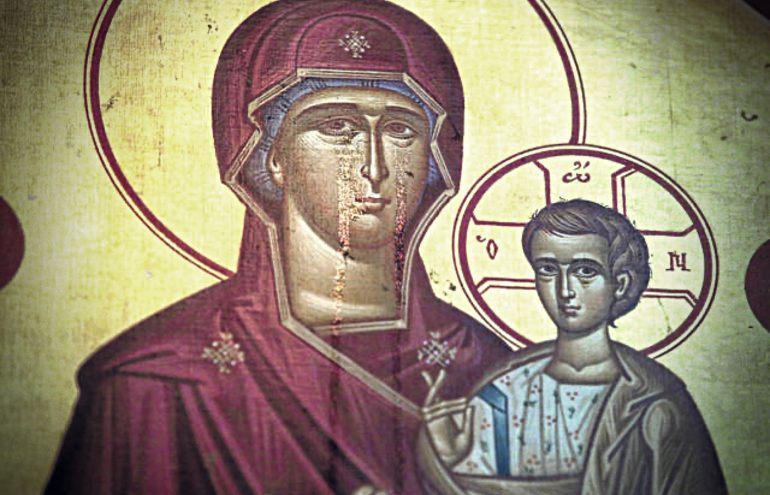

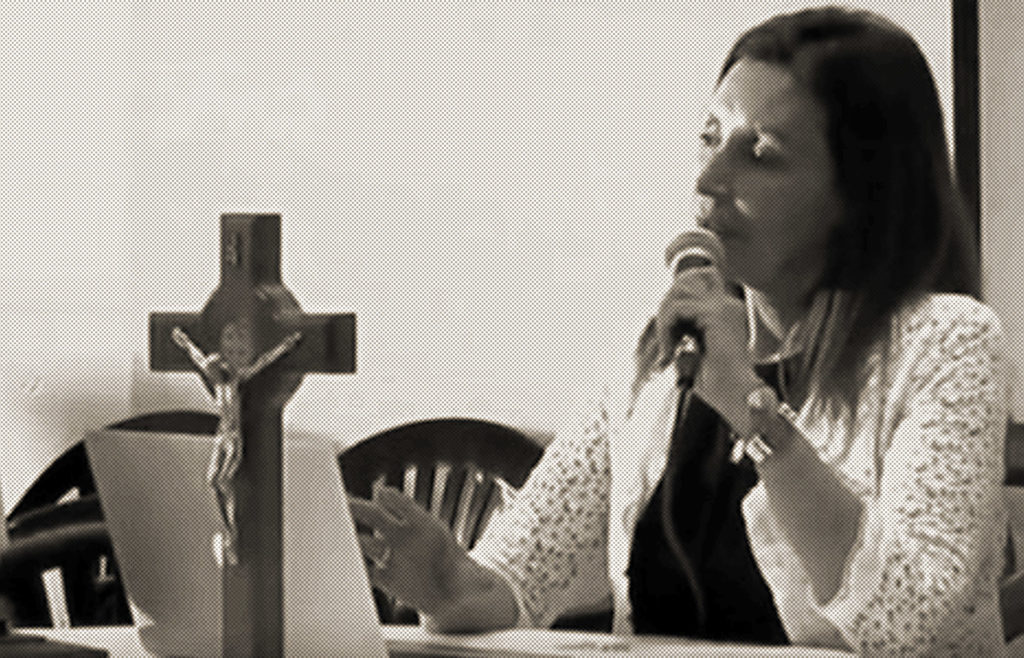
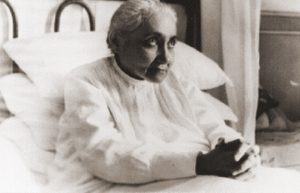 Why the Servant of God Luisa Piccarreta?
Why the Servant of God Luisa Piccarreta? of the saints. It wasn’t until she became a “Daughter of Mary” that the nightmares finally ceased at the age of eleven. In the following year, Jesus began to speak interiorly to her especially after receiving Holy Communion. When she was thirteen, He appeared to her in a vision that she witnessed from the balcony of her home. There, in the street below, she saw a crowd and armed soldiers leading three prisoners; she recognized Jesus as one of them. When He arrived beneath her balcony, He raised his head and cried out: “Soul, help Me!” Deeply moved, Luisa offered herself from that day on as a victim soul in expiation for the sins of mankind.
of the saints. It wasn’t until she became a “Daughter of Mary” that the nightmares finally ceased at the age of eleven. In the following year, Jesus began to speak interiorly to her especially after receiving Holy Communion. When she was thirteen, He appeared to her in a vision that she witnessed from the balcony of her home. There, in the street below, she saw a crowd and armed soldiers leading three prisoners; she recognized Jesus as one of them. When He arrived beneath her balcony, He raised his head and cried out: “Soul, help Me!” Deeply moved, Luisa offered herself from that day on as a victim soul in expiation for the sins of mankind. immobile, rigid-like state that appeared almost as if she were dead. It was only when a priest made the sign of the Cross over her body that Luisa regained her faculties. This remarkable mystical state persisted until her death in 1947—followed by a funeral that was no little affair. During that period in her life, she suffered no physical illness (until she succumbed to pneumonia at the end) and she never experienced bedsores, despite being confined to her little bed for sixty-four years.
immobile, rigid-like state that appeared almost as if she were dead. It was only when a priest made the sign of the Cross over her body that Luisa regained her faculties. This remarkable mystical state persisted until her death in 1947—followed by a funeral that was no little affair. During that period in her life, she suffered no physical illness (until she succumbed to pneumonia at the end) and she never experienced bedsores, despite being confined to her little bed for sixty-four years. Alicja Lenczewska
Alicja Lenczewska

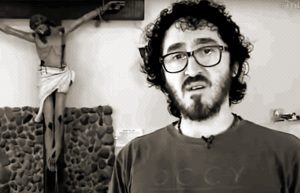
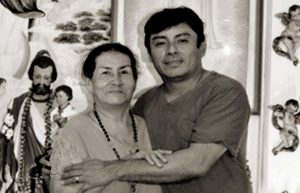
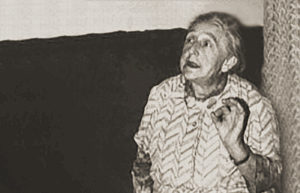 Elizabeth Kindelmann
Elizabeth Kindelmann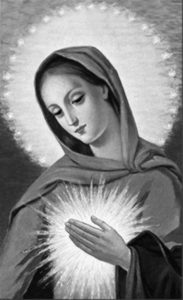 Through what became The Spiritual Diary, Jesus and Mary taught Elizabeth, and they continue to instruct the faithful in the divine art of suffering for the salvation of souls. Tasks are assigned for each day of the week, which involve prayer, fasting, and night vigils, with beautiful promises attached to them, laced with special graces for priests and the souls in purgatory. In their messages, Jesus and Mary say that The Flame of Love of the Immaculate Heart of Mary is the greatest grace given to mankind since the Incarnation. And in the not-so-distant future, her flame will engulf the entire world.
Through what became The Spiritual Diary, Jesus and Mary taught Elizabeth, and they continue to instruct the faithful in the divine art of suffering for the salvation of souls. Tasks are assigned for each day of the week, which involve prayer, fasting, and night vigils, with beautiful promises attached to them, laced with special graces for priests and the souls in purgatory. In their messages, Jesus and Mary say that The Flame of Love of the Immaculate Heart of Mary is the greatest grace given to mankind since the Incarnation. And in the not-so-distant future, her flame will engulf the entire world. Father Stefano Gobbi
Father Stefano Gobbi Why Gisella Cardia?
Why Gisella Cardia?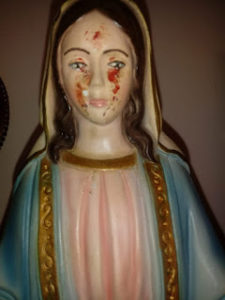 Thirdly, the messages have frequently been accompanied by visible phenomena, photographic evidence found in In Cammino con Maria, which cannot be the fruit of subjective imagination, notably the presence of the stigmata on Giselle’s body and and the appearance of crosses or religious texts in blood on Gisella’s arms. See the pictures taken from her apparition website
Thirdly, the messages have frequently been accompanied by visible phenomena, photographic evidence found in In Cammino con Maria, which cannot be the fruit of subjective imagination, notably the presence of the stigmata on Giselle’s body and and the appearance of crosses or religious texts in blood on Gisella’s arms. See the pictures taken from her apparition website 
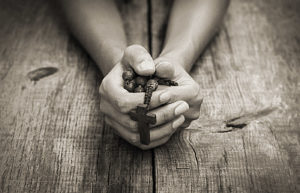 Jennifer
Jennifer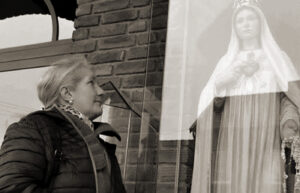 Why Manuela Strack?
Why Manuela Strack?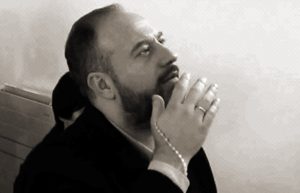

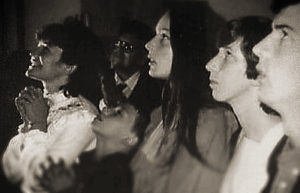 Why the Visionaries of Our Lady of Medjugorje?
Why the Visionaries of Our Lady of Medjugorje? Why Pedro Regis?
Why Pedro Regis?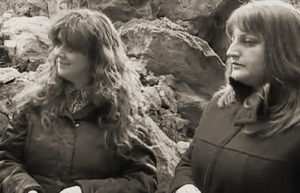 Why Simona and Angela?
Why Simona and Angela?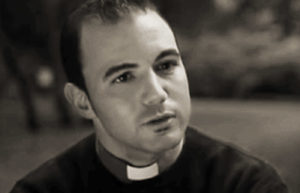
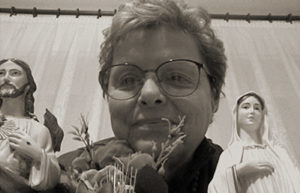 Valeria Copponi
Valeria Copponi